In the hidden realms beneath our feet, termite queens reign supreme, orchestrating the lives of millions. With lifespans that defy the norm, these regal insects captivate scientists and nature enthusiasts alike. The life of a termite queen is a testament to nature’s complexity and resilience, offering insights into longevity, social structure, and the delicate balance of ecosystems. This article delves into the fascinating world of termite queens, unveiling the secrets behind their extended lives and unrivaled authority.
The Birth of a Queen: From Nymph to Monarch
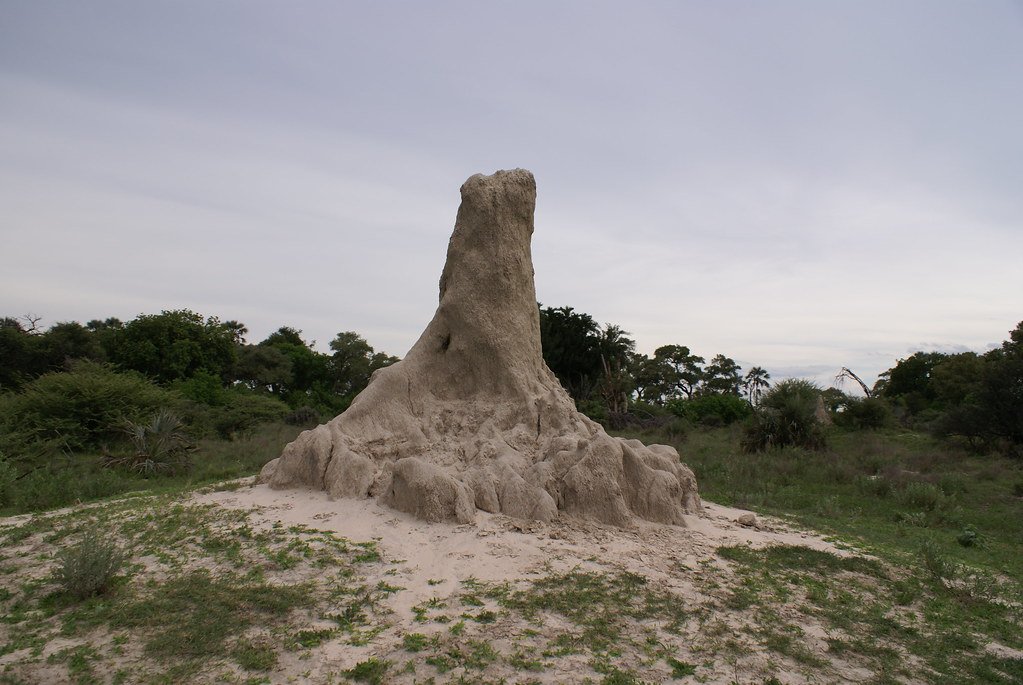
Every termite queen’s journey begins humbly as a nymph, indistinguishable from her peers. During the nuptial flight, a young queen-to-be takes her first flight to find a mate. This pivotal moment marks the start of her transformation from a mere nymph to the ruler of a vast colony. After mating, she sheds her wings and begins digging into the earth to establish her new kingdom. It is within this secluded chamber that she will lay her first eggs, setting the foundation for her future empire. Her once slender body will swell to accommodate the prolific egg production that defines her reign.
Living for Decades: The Secrets of Longevity
Termite queens are the Methuselahs of the insect world, living up to 30 years in some species. This extraordinary lifespan is attributed to several factors, including a high-protein diet and a life spent largely in the safety of the nest. Unlike the short-lived workers and soldiers, queens are shielded from predators and environmental hazards. Their bodies are marvels of biological engineering, with a robust metabolism and regenerative abilities that fend off the wear of time. Furthermore, the royal jelly produced by workers provides essential nutrients that bolster her immune system, ensuring her reign continues uninterrupted.
The Queen’s Role in the Colony: A Life of Fertility
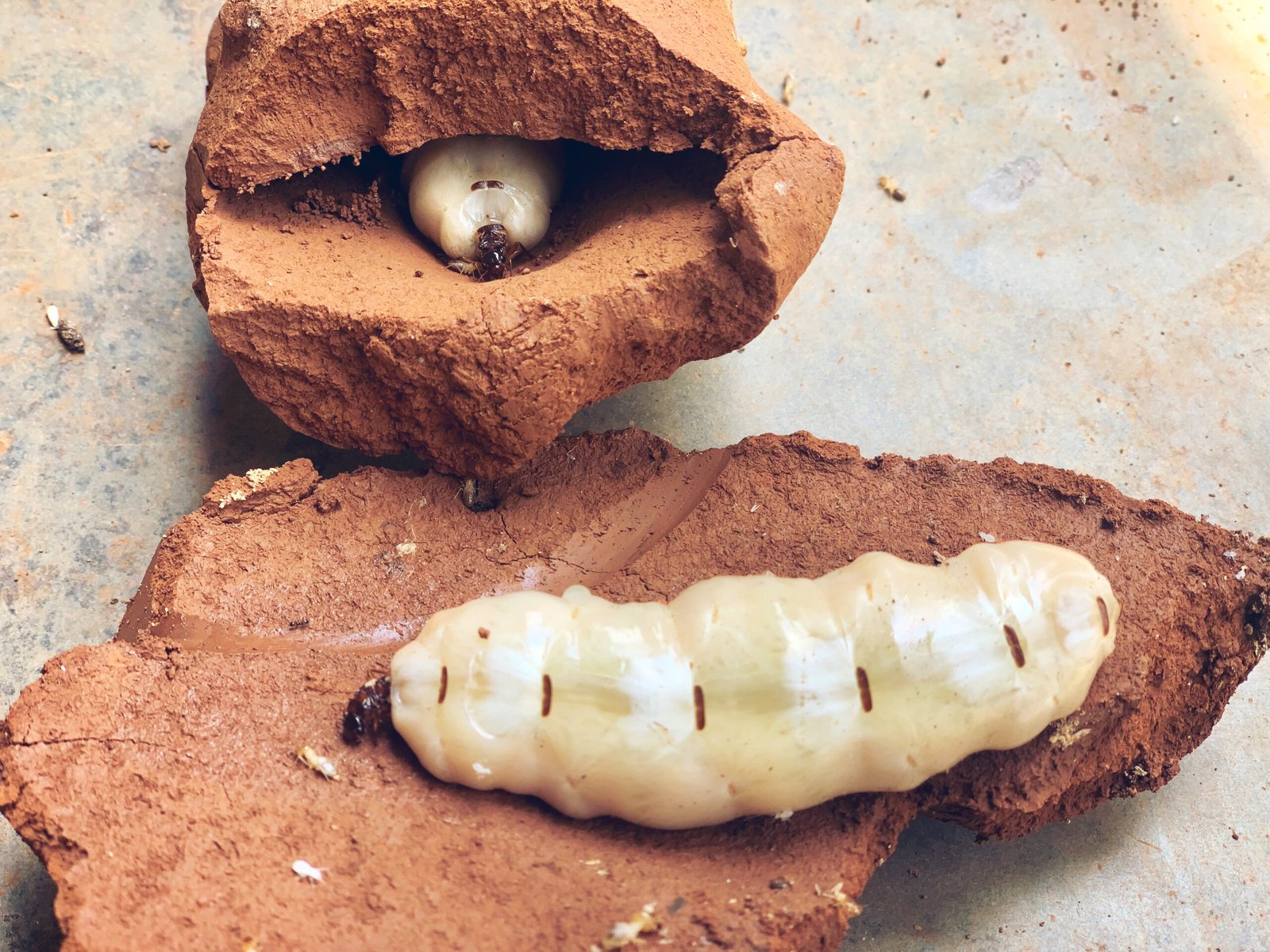
A termite queen’s primary duty is to produce eggs, and she excels at this task with remarkable efficiency. Some queens can lay thousands of eggs daily, a feat that ensures the colony’s survival and growth. Her fertility is a beacon of stability, dictating the structure and population dynamics of the colony. The workers, guided by pheromones, cater to her every need, ensuring she remains healthy and productive. Through her relentless egg-laying, she perpetuates her genetic legacy, while her presence maintains the social order within the colony.
Communication: The Pheromonal Language of Termites
In the subterranean world of termites, communication is key, and the queen is a master of this silent language. She releases pheromones that guide the behavior and development of the colony’s inhabitants. These chemical signals are vital in maintaining harmony, dictating everything from the division of labor to reproductive roles. The queen’s pheromones are akin to a conductor’s baton, orchestrating a symphony of cooperative behavior that ensures the colony’s prosperity. Through this intricate chemical dialogue, the queen maintains her dominion over millions without uttering a single sound.
The Royal Chamber: A Fortress for the Queen
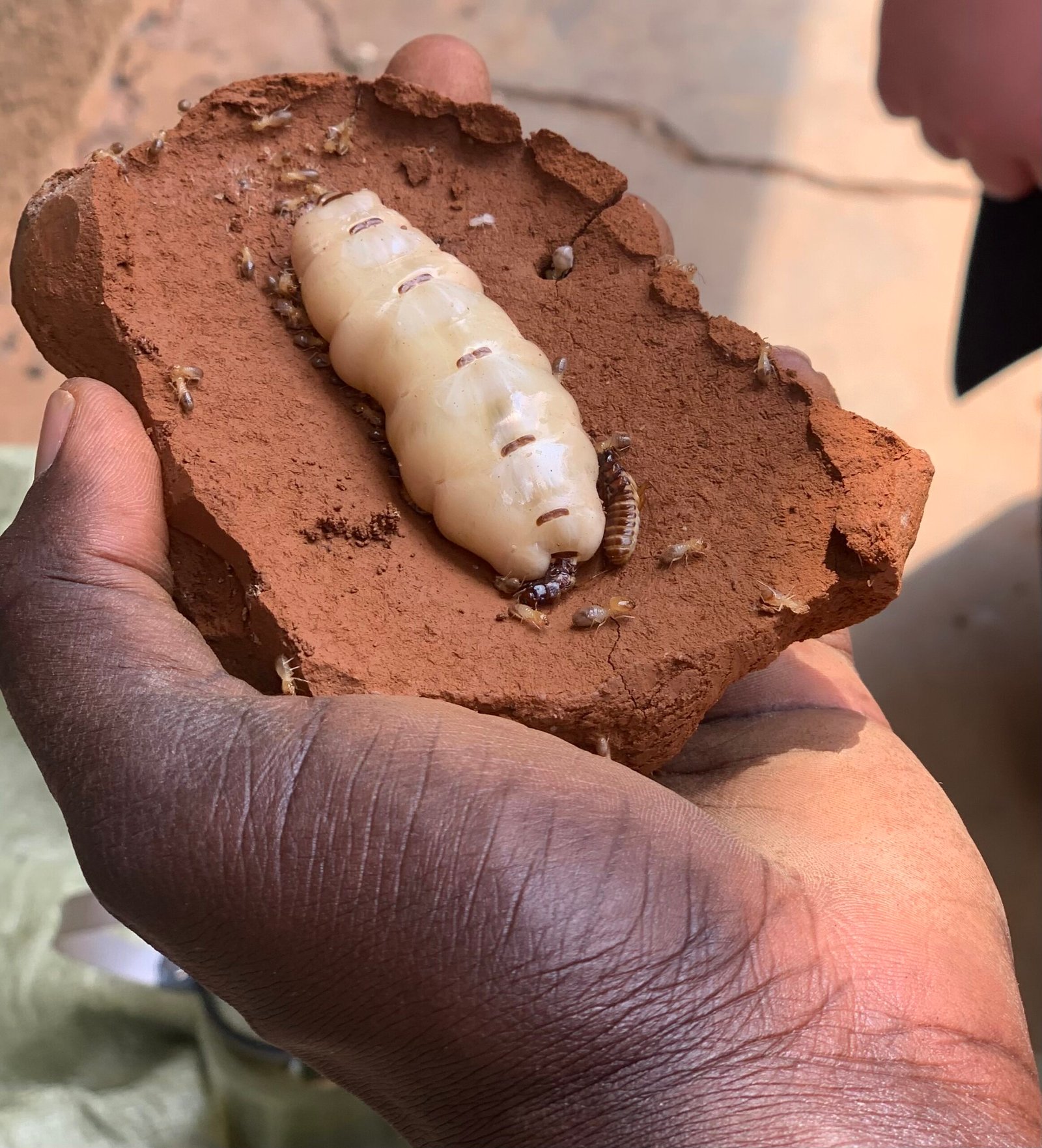
The queen’s abode is a fortress of security, nestled deep within the termite mound or underground tunnels. This royal chamber is meticulously constructed to protect her from external threats. The workers constantly fortify and expand this chamber, ensuring it remains a sanctuary where the queen can focus on reproduction. The chamber’s design also facilitates optimal conditions for egg incubation, with precise temperature and humidity control. This secluded haven is a testament to the colony’s prioritization of the queen’s well-being and productivity.
Genetic Diversity: The Queen’s Contribution to Colony Resilience
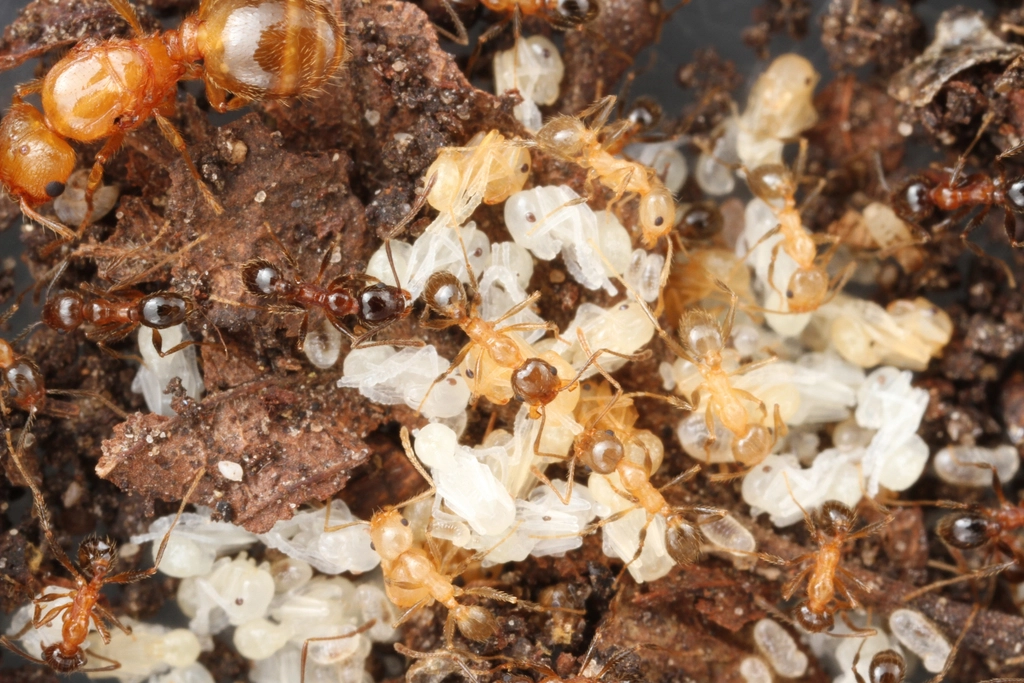
Termite queens are not just prolific; they are pivotal to the genetic diversity of their colonies. By mating with multiple males during the nuptial flight, they introduce varied genetic material into the colony’s gene pool. This diversity enhances the colony’s resilience, equipping it to adapt to environmental changes and threats. The queen’s genetic contributions are akin to a chess player’s strategic moves, ensuring the colony’s survival in the face of adversity. Her role in sustaining genetic variation is a cornerstone of the colony’s long-term success.
The Queen’s Retirement: Succession and Continuity
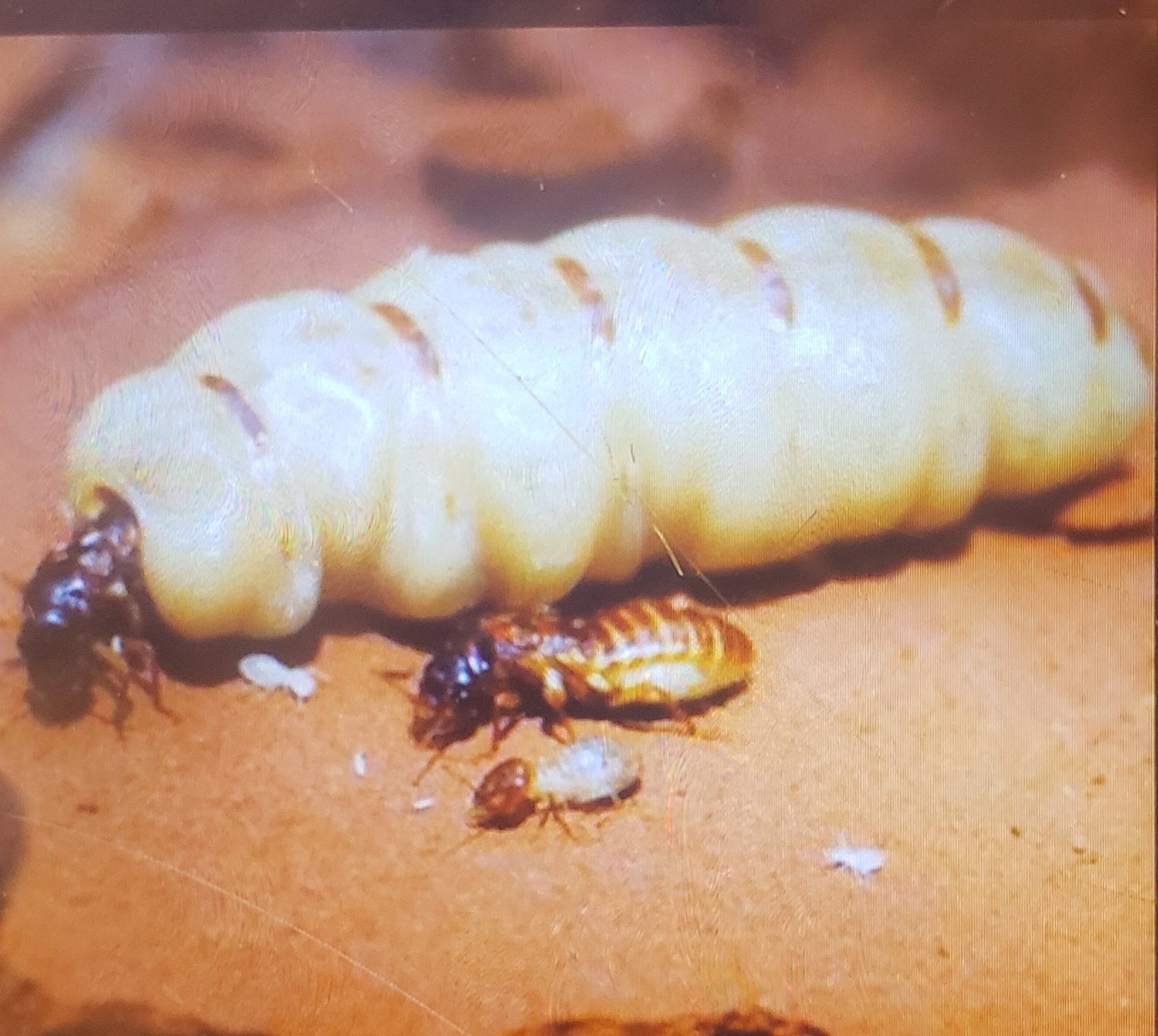
Even the reign of a termite queen must eventually come to an end. As she ages, her egg-laying capacity diminishes, signaling the need for succession planning. In some species, the queen will raise potential successors, known as alates, who will leave the colony to found new ones. This ensures the continuity of her genetic line and the expansion of the termite empire. The transition is seamless, with the colony’s structure and function remaining intact under new leadership. This cycle of succession highlights the queen’s foresight and the colony’s adaptability.
The Ecological Impact of Termite Queens
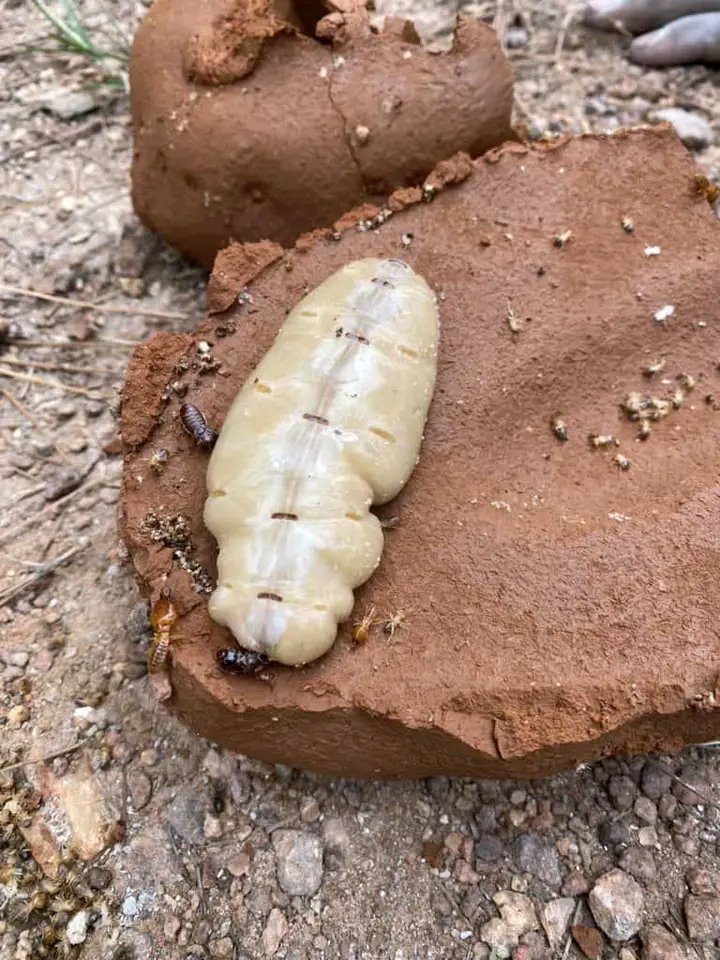
Termite queens, through their colonies, play a crucial role in ecosystem dynamics. Their activities contribute to soil aeration and nutrient recycling, fostering plant growth and supporting biodiversity. By breaking down tough plant material, termites facilitate the decomposition process, enriching the soil. The queen’s influence extends beyond her colony, with her actions indirectly supporting a myriad of other species. Her ecological impact is a reminder of the interconnectedness of life, where even the smallest creatures have a significant role in the grand tapestry of nature.
Challenges and Threats: The Queen’s Vulnerabilities
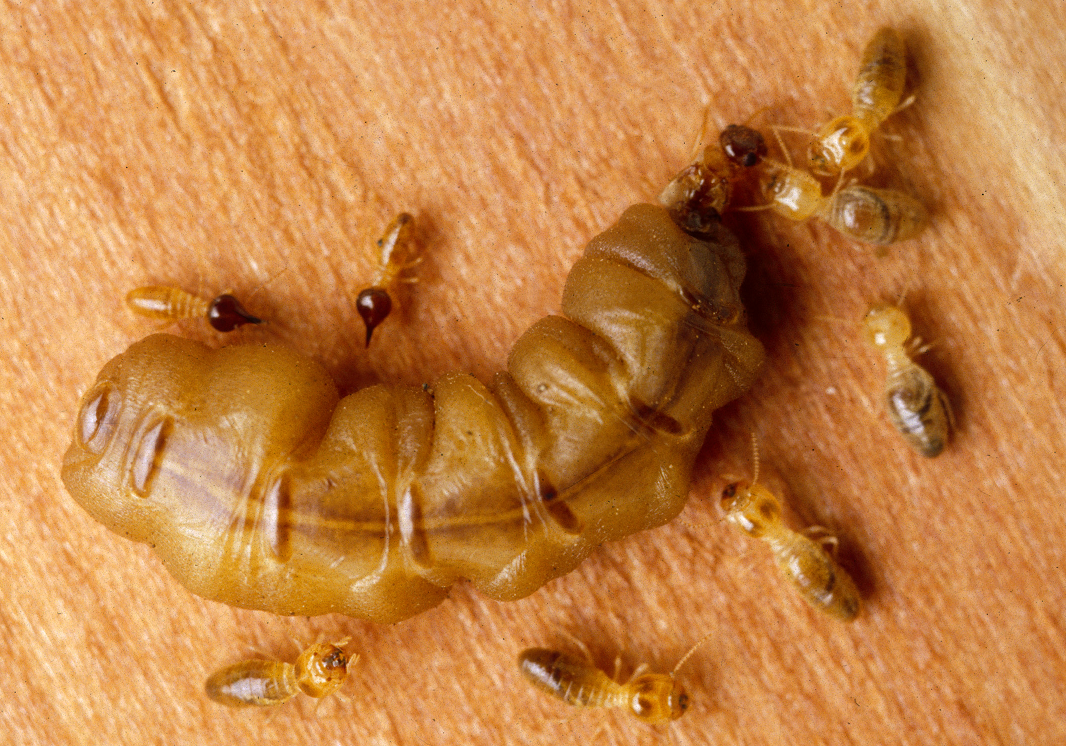
Despite their impressive reigns, termite queens face numerous challenges. Predators, environmental changes, and human activities pose threats to their colonies. Invasive species and habitat destruction can disrupt the delicate balance that supports the queen’s longevity. Additionally, climate change alters the conditions necessary for her survival and reproduction. The queen’s vulnerabilities highlight the fragility of her existence, prompting conservation efforts to protect these vital insects. Understanding the challenges they face is crucial to preserving their role in ecosystems.
The Fascination with Termite Queens: A Call to Action
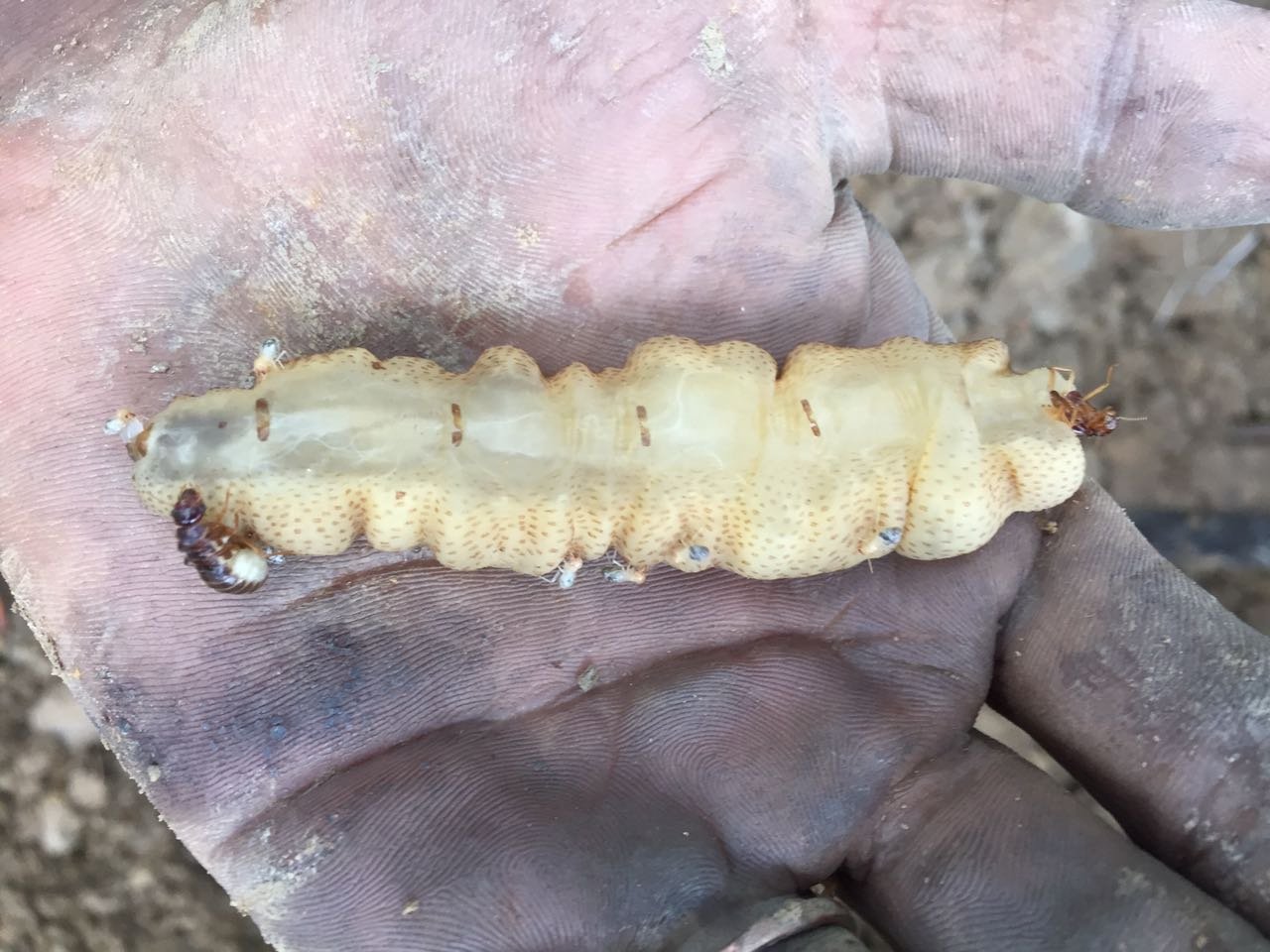
The world of termite queens is a captivating blend of biology, ecology, and social dynamics. Their ability to live for decades and rule over millions is a testament to nature’s ingenuity. As we unravel the mysteries of their existence, we gain insights into the resilience and complexity of life. By studying termite queens, we can better appreciate the delicate balance of ecosystems and the importance of conservation. Let their reign inspire us to protect the natural world, ensuring that these majestic rulers continue to thrive for generations to come.




